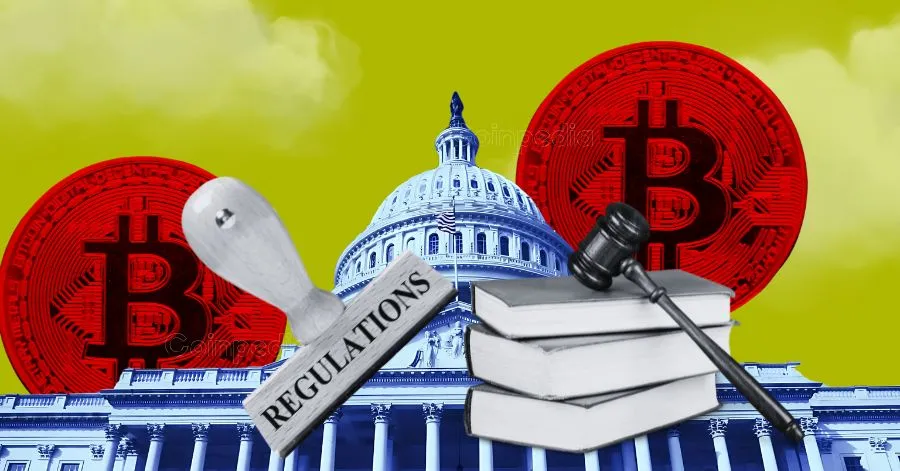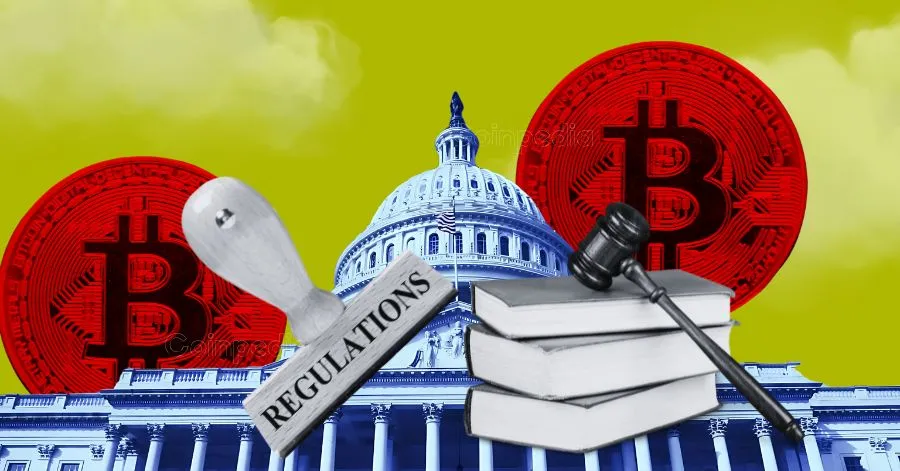A New Dawn for Digital Assets: Analyzing the US Crypto Regulatory Landscape in 2025
Introduction: From Wild West to Main Street
The year 2025 marks a pivotal moment in the evolution of cryptocurrencies in the United States. The once-fragmented and uncertain regulatory environment has transformed into a structured framework that fosters innovation while ensuring consumer protection. This shift has not only stabilized the market but also attracted significant institutional investment, propelling the crypto market cap to unprecedented heights. The journey from regulatory ambiguity to a well-defined landscape is a testament to the resilience and adaptability of the digital asset industry.
The GENIUS and CLARITY Acts: Cornerstones of Clarity
The regulatory transformation in 2025 is largely attributed to two landmark legislations: the GENIUS Act and the CLARITY Act. These acts have addressed critical gaps in the regulatory framework, providing clarity and stability to the crypto market.
GENIUS Act: Ushering in a New Era for Stablecoins
The Guidance and Establishing Innovation for US Stablecoins (GENIUS) Act has revolutionized the stablecoin market. By establishing clear guidelines for stablecoin issuers, the act has fostered trust and confidence in these digital assets. The legislation mandates adequate reserves to back stablecoins, ensuring that holders can redeem them for their underlying fiat currency. This has led to a surge in the adoption of stablecoins in cross-border payments, decentralized finance (DeFi) applications, and as a safe haven during market volatility.
CLARITY Act: Defining Regulatory Boundaries
The CLARITY Act has addressed the long-standing issue of regulatory jurisdiction over different types of digital assets. By delineating the authority between the Securities and Exchange Commission (SEC) and the Commodity Futures Trading Commission (CFTC), the act has provided legal certainty around the classification of digital assets as either “securities” or “commodities.” This has reduced regulatory uncertainty and encouraged institutional investors to enter the crypto market.
The ETF Revolution: Opening the Floodgates to Institutional Capital
The proliferation of crypto ETFs in 2025 has been a game-changer for the crypto market. The SEC’s initial reluctance to approve these investment vehicles has given way to a more pragmatic approach, driven by the growing demand from institutional investors and the increasing maturity of the crypto market.
Bitcoin and Ether ETFs: A Resounding Success
The launch of spot Bitcoin ETFs in early 2025 proved to be a watershed moment for the crypto industry. These ETFs provided institutional investors with a convenient and regulated way to gain exposure to Bitcoin without having to directly hold the underlying asset. The ETFs quickly attracted billions of dollars in inflows, driving up the price of Bitcoin and validating the asset’s potential as a mainstream investment. Following the success of Bitcoin ETFs, the SEC approved spot Ether ETFs, which have also seen significant inflows.
Altcoin ETFs: Expanding the Investment Landscape
The success of Bitcoin and Ether ETFs has paved the way for the launch of ETFs based on other cryptocurrencies, known as altcoins. These altcoin ETFs provide investors with diversified exposure to the broader crypto market, allowing them to participate in the growth of emerging blockchain technologies. The SEC’s decision to allow tokens traded on Coinbase’s derivatives market to be included in crypto ETPs further expands the investment landscape.
Streamlined Approval Process: A Nod to Innovation
Recognizing the importance of fostering innovation in the crypto space, the SEC is considering a new rule to speed up the approval process for crypto ETFs. This would give U.S. exchanges a more efficient way to launch digital asset funds, ensuring that investors have access to a wide range of crypto investment products.
The Evolving Roles of the SEC and CFTC: A Collaborative Approach
The passage of the CLARITY Act has clarified the regulatory boundaries between the SEC and CFTC, but it has also fostered a more collaborative approach between the two agencies. The SEC and CFTC are now working together to develop comprehensive regulatory frameworks for the crypto market, ensuring that investors are protected while promoting innovation.
SEC: Protecting Investors and Ensuring Market Integrity
The SEC’s primary focus is on protecting investors and ensuring the integrity of the crypto market. The agency is actively monitoring the market for fraud, manipulation, and other illicit activities, and is taking enforcement actions against those who violate securities laws. The SEC is also working to educate investors about the risks associated with crypto investments.
CFTC: Overseeing Derivatives and Spot Markets
The CFTC’s primary focus is on overseeing the trading of crypto derivatives and spot markets. The agency is working to ensure that these markets are fair, transparent, and efficient. The CFTC is also working to prevent market manipulation and other abusive practices.
Conclusion: A Sustainable Future for Crypto in the US
The regulatory landscape for cryptocurrencies in the United States has undergone a dramatic transformation in recent years. The passage of landmark legislation like the GENIUS Act and the CLARITY Act, the rise of crypto ETFs, and the evolving roles of the SEC and CFTC have created a more stable and predictable environment for the digital asset industry. This has unlocked unprecedented institutional participation, propelling the crypto market to new heights. While challenges remain, the progress made in recent years suggests that the future of crypto in the United States is bright.
The Dawn of a Digital Renaissance
The clarity and structure brought by the GENIUS and CLARITY Acts have not merely tamed the “Wild West” but have laid the foundation for a digital renaissance in finance. As institutions and retail investors alike gain confidence in the regulatory framework, we are witnessing a surge in innovation, adoption, and investment. This is not just about price appreciation; it’s about the maturation of an asset class and its integration into the broader financial ecosystem. The US is no longer playing catch-up; it is poised to lead the world in responsible crypto innovation.












